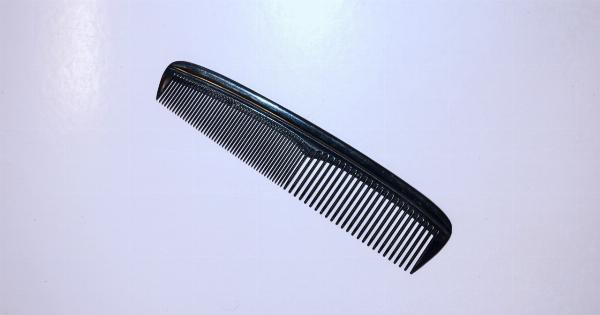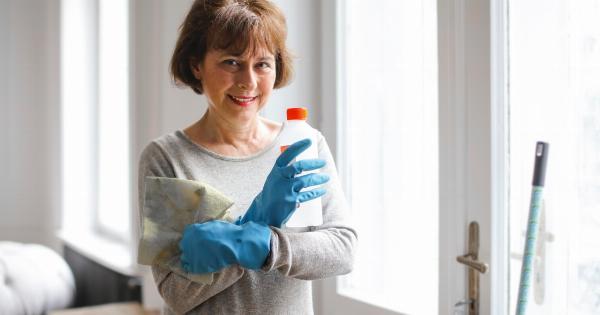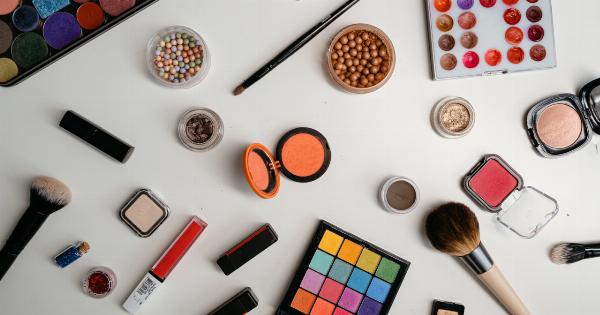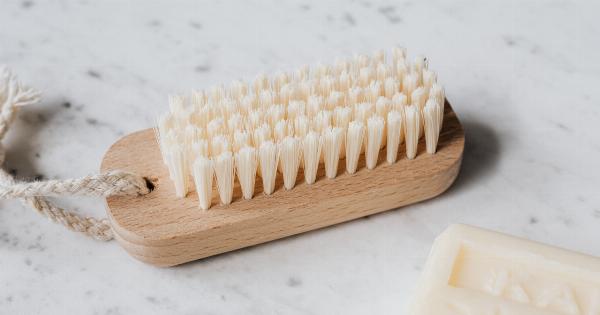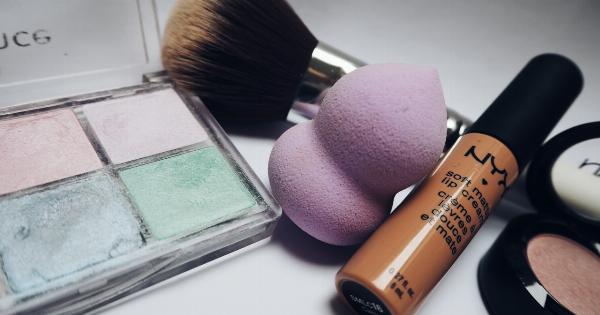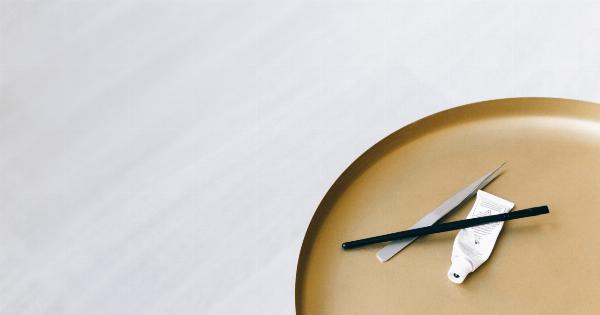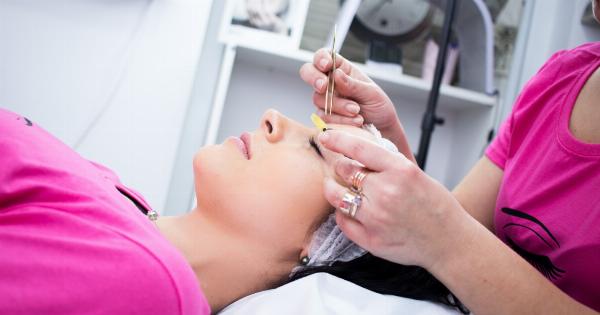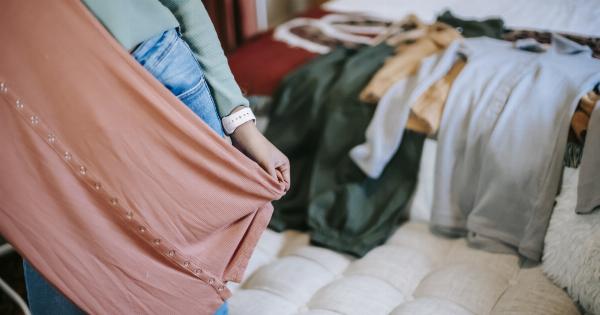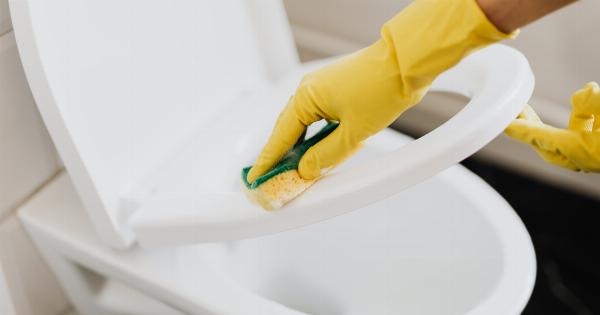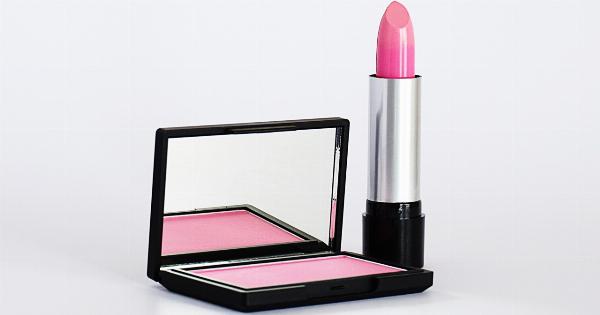Every day, we come into contact with a variety of items that we assume are clean and safe to use. From keys to cell phones, these items are so normal in our daily lives that we do not think of them as potential sources of germs and bacteria.
Here are some of the grimiest things we use daily:.
1. Cell Phones
We use our cell phones on a daily basis, taking them with us wherever we go. Unfortunately, our phones come into contact with many germs and bacteria throughout the day.
Whether it is from handling money, food, or shaking hands with strangers, all of those germs are transferred onto our phones. A study conducted by the University of Arizona revealed that cell phones have ten times more bacteria than a toilet seat. Imagine that!.
2. Computer Keyboards
We use our computer keyboards daily, typing away as we work, play, and explore. But how often do we think about cleaning our keyboards? The average keyboard has more than 200 times more bacteria than a toilet seat.
Plus, crumbs and dirt from our lunches can accumulate in the keys, creating a perfect breeding ground for germs.
3. Remote Controls
We have all heard of the “couch potato” stereotype. Well, those couch potatoes might be onto something, as remote controls are one of the grimiest things we use daily.
Studies show that remote controls can have up to 70 times more bacteria than a toilet seat. And, with the many buttons and crevices that make up the device, it can be hard to clean fully.
4. Kitchen Sponge
The kitchen sponge is part of our daily routine as we use it to clean pots, pans, and dishes. However, a sponge is one of the dirtiest things in our kitchen. Studies show that a kitchen sponge can have over 200,000 times more bacteria than a toilet seat.
The damp environment of a sponge is the perfect breeding ground for bacteria. Remember to replace your sponge often and sanitize it between uses to stay safe.
5. Money
Money is something we handle every day, from cash to credit cards. Unfortunately, money is one of the dirtiest things we use daily. Studies show that there are over 3,000 different types of bacteria that can be found on money.
Plus, money is exchanged between many people, making it a perfect way to spread germs and bacteria.
6. Door Handles
Door handles are another item we touch regularly but do not often think to clean. Everyone who passes through a door touches it, leaving behind their germs and bacteria.
Studies show that door handles can have up to 40 times more bacteria than a toilet seat. Our hands are a perfect way to spread germs, and door handles are one of the main culprits.
7. Toothbrushes
Toothbrushes are essential for maintaining good oral hygiene and a healthy smile. Unfortunately, toothbrushes are also a perfect breeding ground for germs and bacteria.
A study conducted by the University of Manchester found that toothbrushes can carry up to 10 million bacteria. Yikes! Remember to replace your toothbrush every three months to minimize your risk of infection.
8. Light switches
Light switches are another item we touch regularly but do not think to clean. Just like door handles, light switches are touched by everyone who passes through a room. Studies show that light switches can have up to 217 bacteria per square inch.
Be sure to include these items on your cleaning list to reduce your risk of germ transfer.
9. Water Bottles
Water bottles are a great way to stay hydrated throughout the day, especially when we are on the go. However, water bottles can harbor many bacteria if not cleaned regularly. Studies show that some water bottles can be dirtier than a toilet seat.
Remember to clean your water bottle thoroughly between uses to avoid the buildup of germs and bacteria.
10. Makeup Brushes
Makeup brushes are a daily essential for many people, used to apply makeup and create a flawless look. However, makeup brushes can harbor dirt, oil, and bacteria over time. Without regular cleaning, these brushes become a breeding ground for germs.
Studies show that some makeup brushes can have over 1 million bacteria per square inch. Remember to clean your makeup brushes regularly to stay safe.
Conclusion
Now that you know some of the grimiest things we use daily, it is essential to keep them in mind and take extra precautions to stay safe.
Regular sanitation and cleaning are essential to reduce the transfer of germs and bacteria between these everyday objects and our bodies. Stay safe and healthy by keeping these items clean and germ-free.

